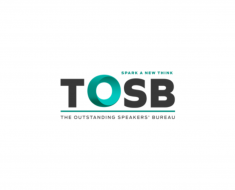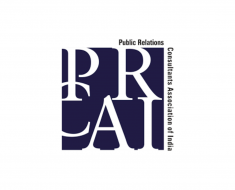Internal communications and change management veteran Aniisu K Verghese has published a new book Inclusive Internal Communications that delves into inclusion from the perspective of staff as partners in communications and how it can help organisations achieve their goals. The book looks to offer guidance, tips and tricks for internal communicators, as well as students, prospective communicators, and academicians interested in internal communications.
“Inclusive Internal Communications is more than just a buzzword or a trendy phrase in the corporate world,” says Verghese. “It is a powerful tool that can help organisations build trust, increase productivity, and enhance their internal brand and reputation. By involving and engaging staff, inviting them to share their ideas and feedback, and making communication accessible and intuitive, organisations can create a culture of inclusivity, collaboration, and innovation.”
The book focuses on the Inclusive Framework, which emphasises the importance of involving staff, partnering with employees, and crowdsourcing solutions for communication and business effectiveness. It covers topics such as involving all staff, nurturing partnerships, co-creating solutions, leveraging employee insights, using inclusive language and actions, sharing stories of employee contributions, inviting ideas and feedback, valuing employee talent, and evaluating and evolving with employee input.
Verghese emphasizes the importance of internal communicators letting go of control and providing autonomy and choice to staff to create a culture where staff feel empowered to share their ideas and feedback, and where communication is seen as a two-way dialogue rather than a one-way information flow.
“How organisations approach internal communications needs a rethink. I believe our current internal communication approach is flawed. We don’t listen to staff enough. We don’t invite their views and involve them in planning and testing communications. We don’t trust them to partner on everyday and organisation-wide decision-making. We continue to treat staff as an audience, rather than a partner in the process and success of communication at the workplace and beyond. With the guidance and insights provided in this book, internal communicators can continue to scale their impact and reclaim their position of authority in a world that thrives on chaos,” says Verghese.








